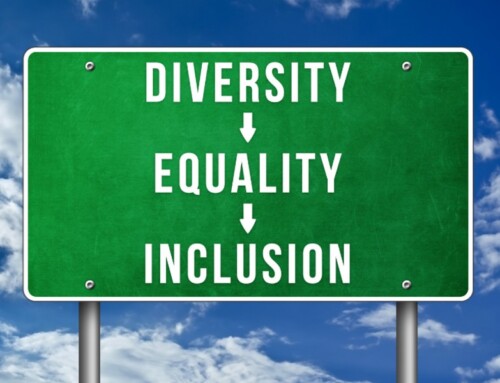“To get real diversity of thought, you need to find the people who genuinely hold different views and invite them into the conversation.”
– Adam Grant, American author
Underrepresentation of any nature perpetuates inequality. California has taken the lead from countries around the world to address gender imbalance by mandating that publicly traded companies headquartered in the state have at least one female director by 2020. While the move has been widely cheered, is it real progress?
Research and meta-analysis of female board representation suggests minimal real-world association between performance and board gender composition. So how should a board choose its candidates?
Diversifying Diversity
Actual diversity is more than simply shoehorning female executives into pre-allocated slots. Factors like age, race, and industry – or perhaps even physical handicaps and political thought can also be part of the consideration.
Individuals from a wide range of backgrounds bring with them a rich tapestry of experience and perspectives simply because of their varied life journeys. However, it is equally important to consider elements of diversity that are not instantly recognizable. One example is professional experience. Drawing executives from diverse fields gives the board access to invaluable insights on which to base decisions. Leaders must also make a conscious effort to solicit the opinions of those who do not ordinarily contribute. Otherwise, the true value of the diversity is never realized.
Not for Diversity’s Sake
Any conversation about diversity must also address tokenism. Some executives have found themselves seemingly plonked into a seat at the table simply so that everyone could pat themselves on the back for extending the privilege.
It can be easy to choose a woman, a person of color, or someone who is physically different because of the favorable optics. Board members must understand that this lazy approach to diversity is bad for the individual concerned and bad for the board. As a “tick all the right boxes” approach, it demeans the individual’s true capabilities and is an insult to their past achievements. Moreover, it can tarnish their future decisions and undermine their authority as members of the board.
To truly and honestly embrace diversity, the candidate must possess the characteristics, knowledge, and experience that contribute significantly and measurably to the organization’s goals. The shared success this generates will not only invigorate your diversity initiatives but become a testament to the strengths of diversity itself.
Contact me if you have any questions about creating a sustainable plan to promote diversity and inclusion in your workplace.






